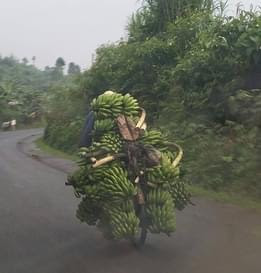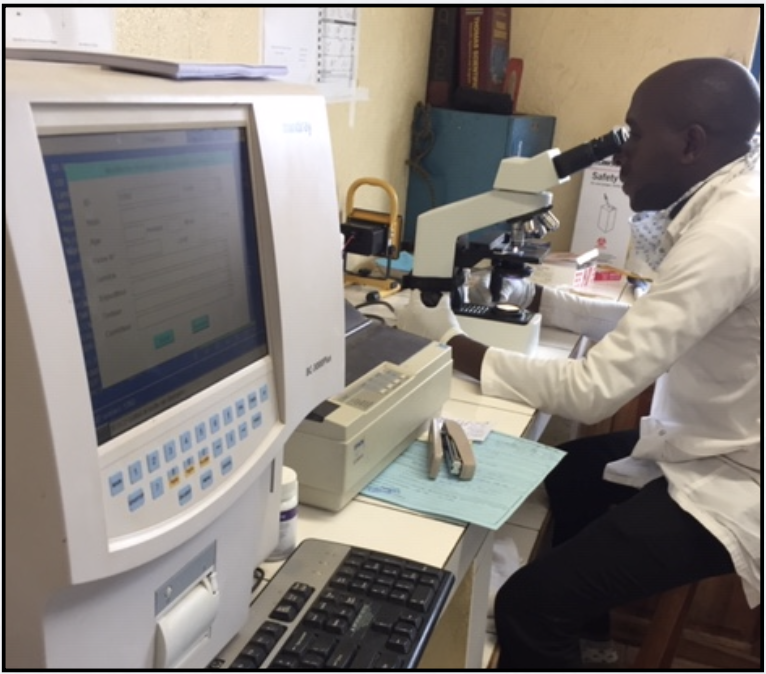(by Michelle Wendler)
Here's a glimpse into what shopping in one of the country's largest "malls" looks like.
You first need to navigate a 40 min drive from Kibuye to Gitega. The road is challenging in many ways, from livestock, to pedestrians, and many bikes. And everyone trying to avoid the many potholes and other cars and motorcycles on the road.
Here are some pictures I've taken of people transporting along the roads:
Once arrived the "on foot" part of the adventure begins. There is no "parking lot" here. You can park along the road or in front of a little roadside shop and walk to the mall. Crossing the streets is always fun, with cars, bikes, pedestrians in a mishmash trying to avoid each other. Many horns honking, people yelling, frantic running when the right moment comes. If you are a white person, you can expect to hear many people yelling "muzungu!!" because it's so rare to see one here. I've actually never seen another muzungu in the market.
Along the main road is the fabric district with many little shops selling bolts of African fabric and many people sewing using pedal sewing machines.
Upon entering the mall there are many ground level little booths where people are selling many things, like shoes, beans, rice, metal objects, fabric, etc. Most of the clothing items are not new, but are second hand. The shoes are washed to look pretty good though. And the prices are right. A pair of kids shoes will cost around 20,000 fbu with is around $5.
Once in a while you might have to dive out of the way of someone transporting fresh meat to the meat shop. Fresh meat is usually a freshly butchered cow skewered on a pole and being carried by two men as blood drips on the ground.
If you are looking for clothing you climb stars to the second story of a two story building. I've often wondered the journey of each item of clothing. I've seen an item with a Marshalls clearance tag, then a thrift store tag. They ship these clothing items in large bundles tied in twine to Africa from all over the world. The 2nd hand items that couldn't find a home elsewhere are welcome here. Sometimes there are piles on the floor to look through, or neat piles folded on tables. Sometimes you can find shops that actually hang things with homemade hangers.
Bartering is the name of the game. People will be yelling one price while the shop owner is trying to get a higher. I've found that I always need to go with a local who knows the actual price that things should cost...otherwise I'll pay 10x the correct amount.
Another thing to get used to how they will try to draw you into their shops. Sometimes they will grab your hand and pull you in. But seeing kids and babies everywhere is something I enjoy. This is a culture that loves family and kids. The little ones will often stare at my because it might be the first time they will have seen a white person.
The vegetable market is outdoor but covered and is situated along the street. I love the colors in this part of the market. Thankfully I don't have to come all this way to buy our perishable items because we pay a local to come and do a large purchase for our team once a week. Such a gift, especially with gas prices and availability being so problematic.








